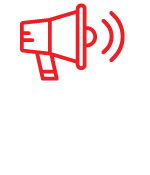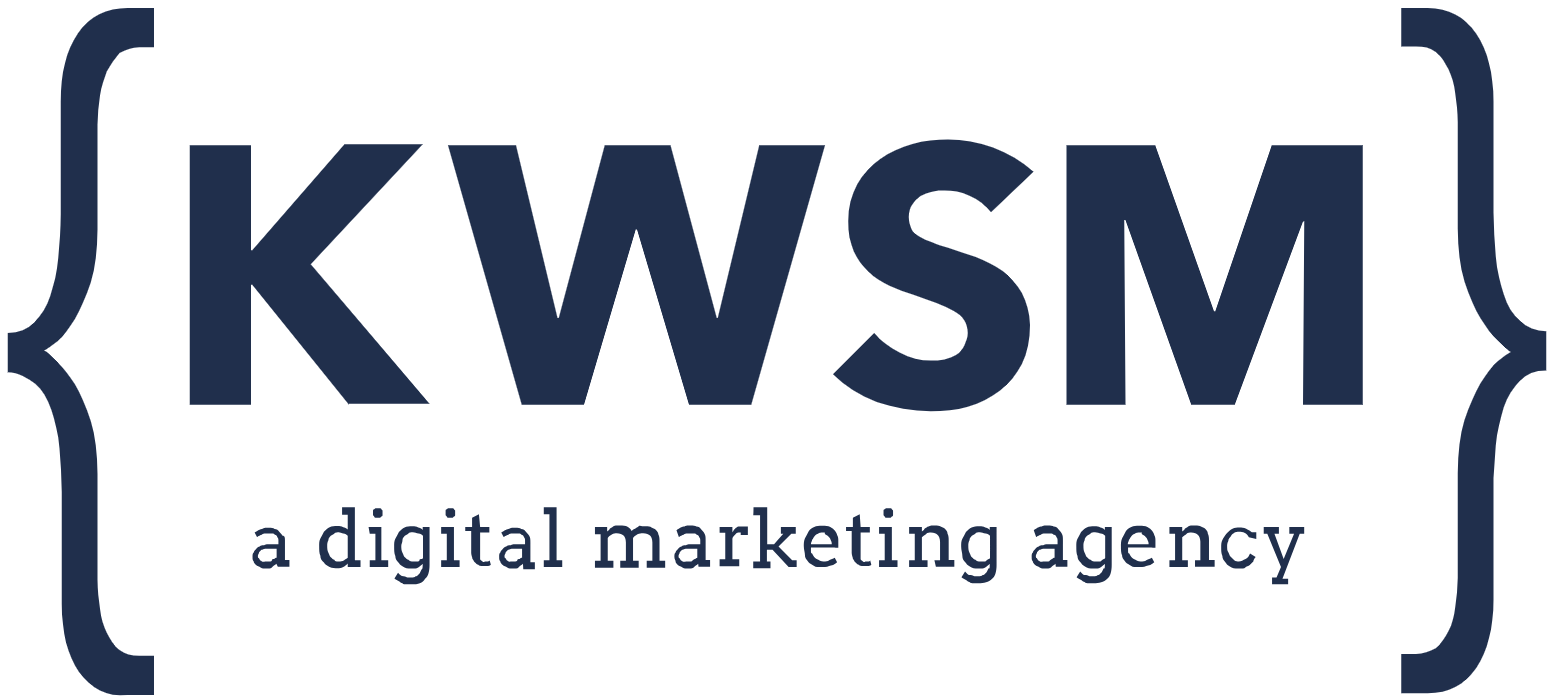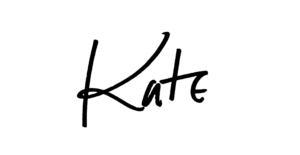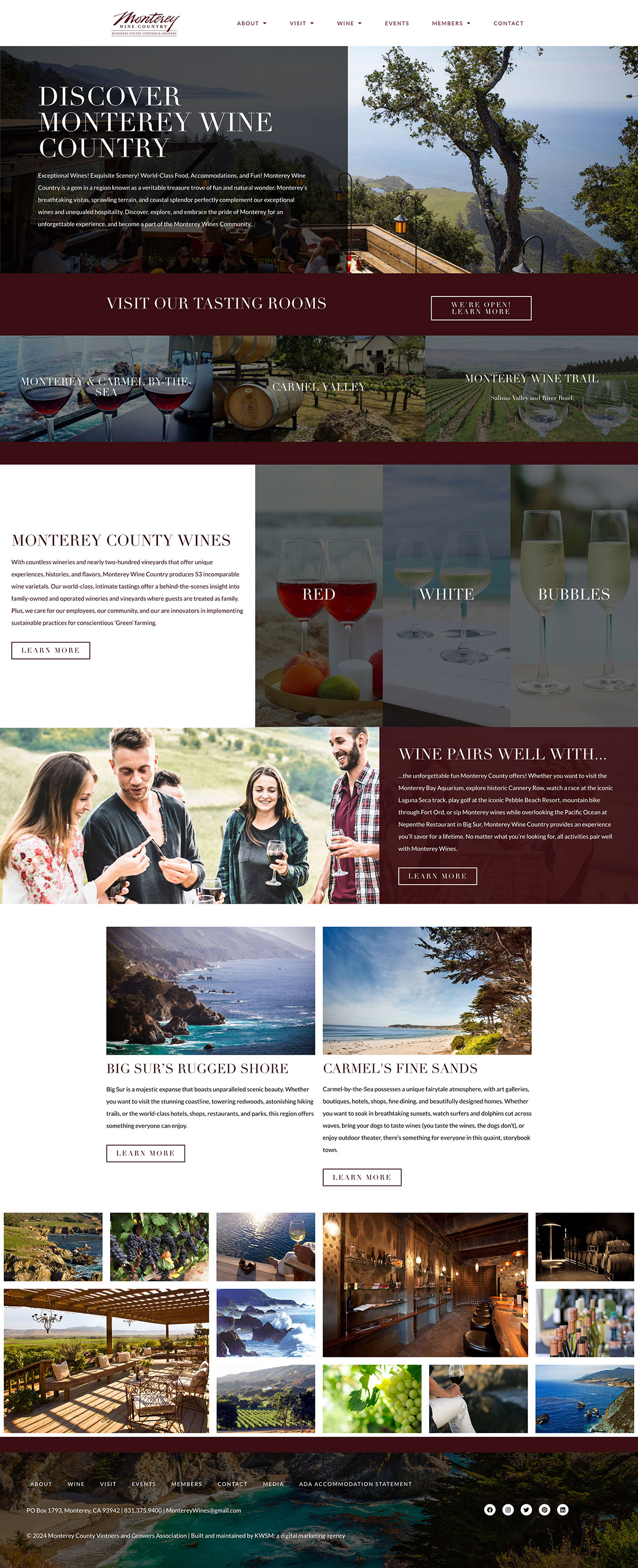“On any team, in any organization, all responsibility for success and failure rests with the leader. The leader must own everything in his or her world. There is no one else to blame.”
– Jocko Willink

I’d heard the phrase “take ownership” tossed around in various corporate capacities throughout my career, but it wasn’t until I went through KWSM’s Leadership Program, a 12-week course led by KWSM President Katie Wagner, that I began to understand what it meant. Of the twelve modules on leadership that we covered in our program, the one on ownership felt most transformative. It shifted my thinking and began to make the impossible and far-fetched seem strangely possible.
The Basic Premise
The basis of our understanding of ownership came from Jocko Willink, a naval officer whose military career is most profoundly defined by his command of Navy SEAL teams in some of the most pivotal battles of the Iraq War. Willink is a formidable man. As an article on Military.com puts it, “To call former naval officer John ‘Jocko’ Willink ‘intense’ would be something of an understatement — like calling Mount Everest ‘big’ or Antarctica ‘cold.’” Most formidable, however, is his no-nonsense attitude about taking ownership and reaching your desired outcome – no excuses. His wider claim to fame (and the name of his bestselling book) is “Extreme Ownership.” It’s a concept that pushes the outer limits of ownership, and it demands that you not only accept responsibility for the tasks that you directly control, but for all of the factors that affect whether or not your “mission” is successful. Where being accountable is putting a check in a box, taking ownership is initiating a specific set of actions to dictate your course and your outcome. Accountability is a task. Ownership is a mindset.
The Thorough Process
Any successful leader knows that your mindset is paramount, but it won’t take you all the way to your goal unless you have a plan. Willink’s extreme ownership checklist leaves no stone unturned in that regard. It takes ownership from a nebulous, cerebral concept to a concrete method for approaching your goals.
You start with the end in mind – ownership demands a commitment to a specific goal or outcome, after all. Then, the checklist leads you through a painstaking overview of your mission, your goals, and the actions and contingencies that can influence the final outcome. Walking through the process will have you planning, then rethinking your plan several times over from different vantage points in the process, assessing possibilities, and examining your initial course of action for weak links and areas of possible failure. At the end of the eleven steps, if you’ve truly followed the process, you will have a straightforward and ironclad strategy to move you forward.
The Radical Effect
Where I felt disorganized and unsure of achieving specific outcomes before, ownership and the extreme ownership checklist helped me get my goals and my mindset in order. Through the process of breaking down a mission and then building it back up with several intentional and well-thought-out steps, I began to feel like some of my more daunting or ill-defined goals were achievable. For me, the process of ownership began to take the mystery out of achievement. No longer did approaching a desired outcome feel like throwing something at a wall and hoping that it stuck.
The planning, however, is just the first part. The other, arguably more difficult facet of extreme ownership is the radical honesty you must require of yourself. It takes discipline and an ego check to avoid shrugging off a hiccup or challenge that momentarily throws you off course. Extreme ownership leaves no room for shifting responsibility away from yourself when you encounter a bump in the road. Nothing is someone else’s problem. Instead, ownership demands that you look your challenges, mistakes, and inevitable failures in the face and get very honest with yourself about what you could have done differently and how you need to move forward to keep things on track. It’s an occasionally painful, but necessary, step in the process, bearable because of the outcome it inevitably produces: nothing feels done by rote. Everything is an opportunity to move the needle.
The Final Takeaway
We’ve all gotten into the rut of thinking that it’s enough to simply know what you’re supposed to do and do it, and then we’ve wondered why our careers aren’t advancing or why we’re not seeing the results we want to see. If you want to kick the feeling of being on a hamster wheel that so many of us can experience at some point in our long careers, I highly recommend committing yourself to taking ownership.
In both life and in leadership, there will always be factors that are beyond our control. Through ownership, however, we have the opportunity to see the world through a lens of action rather than reaction. Ownership gives us a route to circumvent the blame game, assess problems and challenges, and find solutions that help us make meaningful headway. Whether we want to admit it or not, our actions have significant impacts. Ownership simply helps us maximize those actions for greatest success, empowering us and creating meaning in the work we have the privilege to make our own.

We want to work with people who are passionate. If you have the ability to get excited and roll up our sleeves to serve our clients, we might just be the work-family you’re looking for!
CLICK HERE to learn more.











